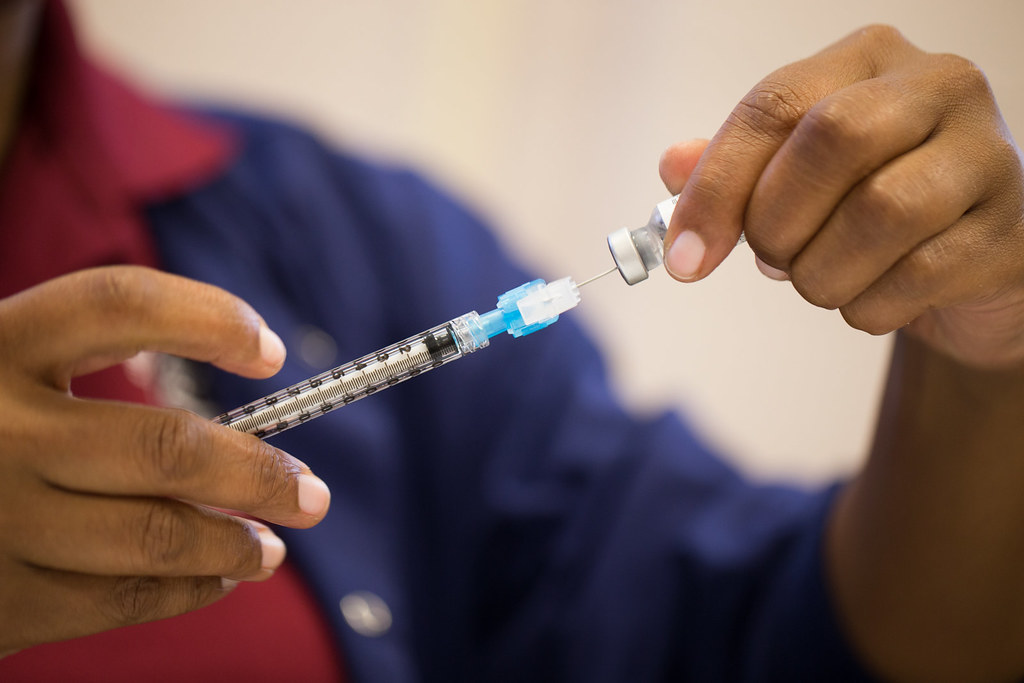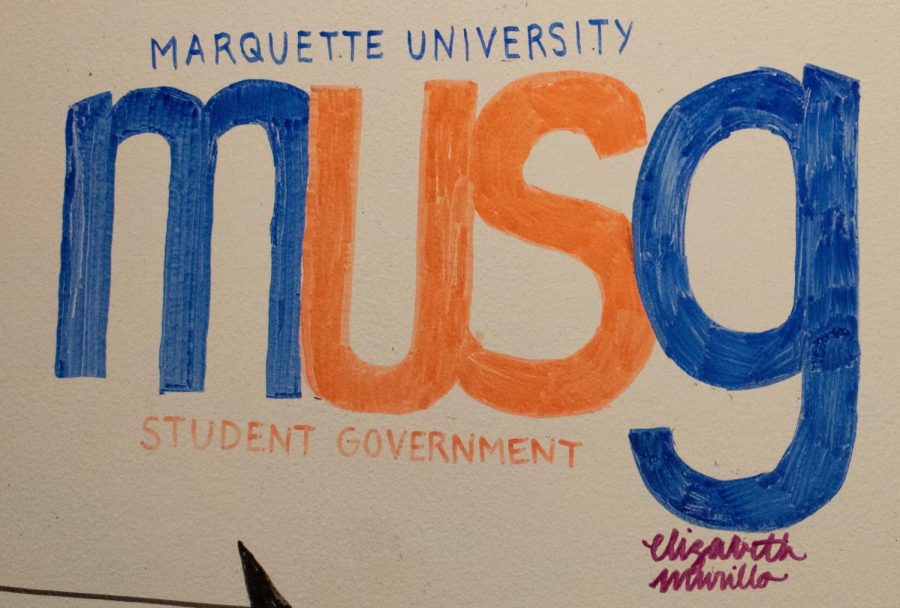Marquette University is widely known for its College of Nursing, as it is ranked third for best nursing schools in the Midwest and is direct admission, which decreases students’ time in school by two years. While these are positive aspects of the College of Nursing, there are still ways the profession of nursing can be improved. The College of Nursing must work to prioritize diversity and inclusion when recruiting new students to the program.
At the beginning of the semester, the College of Nursing was awarded a $31 million grant by couple Darren and Terry Jackson, who are both Marquette alums. This grant is to be used for scholarships to aid underrepresented student of color. In his 2021 presidential address, University President Michael Lovell said this donation “is a large step forward for our social justice efforts to reduce health care disparities.”
Increasing scholarships for students of color will not only support their academic and career paths but it will also help address the current shortage of nurses in the United States. Additionally, having more nurses of color may help patients of color feel more comfortable, as they can share in lived experiences.
Every summer before a student’s first year at Marquette, they attend a summer orientation, Summer Priority Advising & Registration Kick-Off. During my SPARK, I was told by nursing counselors that although approximately 1,600 students apply to the College of Nursing at Marquette from all around the world, only roughly 250 students get accepted each school year. Of the 250 students who get accepted into the College of Nursing, only about 150 students end up attending Marquette due to financial reasons or other opportunities elsewhere.
Considering there are only about 150 incoming first-year nursing students each year, it is important that the College of Nursing follows through with its commitments to aid underrepresented students and diversify the nursing student population at Marquette through race and gender.
According to College of Nursing data, the nursing student population is 94% female and only 6% male. Additionally, only about 27% of the nursing population are students of color. This lack of racial diversity is also present in Marquette’s undergraduate students, as only about 29% of the undergraduate student population are students of color, according to the Office of Institutional Research and Analysis.
Unfortunately, these numbers from the College of Nursing and Marquette student demographics accurately reflect the national average for a lack of gender and racial diversity in the nursing profession, as only about 9% of all registered nurses are male and only about 25% are people of color.
It’s important to address the lack of racial diversity in the nursing profession at Marquette, considering Marquette is in Milwaukee, which is racially diverse city. According to the U.S. Census Bureau, the Milwaukee population is approximately 44% white, 39% Black, 35% white but not Hispanic or Latino, 19% Hispanic or Latino, 4% mixed races, 4.3% Asian and 0.6% Native American as of July 2019.
Additionally, there many not be many male nursing students because of the stereotype that women are nurturing and motherly while men are more tough and authoritative.
Improving diversity and inclusion efforts in recruiting nursing students is important because there would be more diversity in people giving care. This would improve the overall quality of care given by nurses. Patients of different races, cultural backgrounds and genders may better relate to a nurse that is similar to them. Overall, nursing will be a stronger and much more approachable field if nurses come from diverse backgrounds.
The grant gifted to the College of Nursing can better support underrepresented groups to begin and continue with their journey of becoming nurses.
There is such a strong need for nurses, especially during a pandemic, and by influencing the change in gender and racial diversity, we can better influence the future of nursing and medicine. Marquette should continue to take actions to break these stereotypes.
This story was written by Krisha Patel. She can be reached at krisha.patel@marquette.edu













